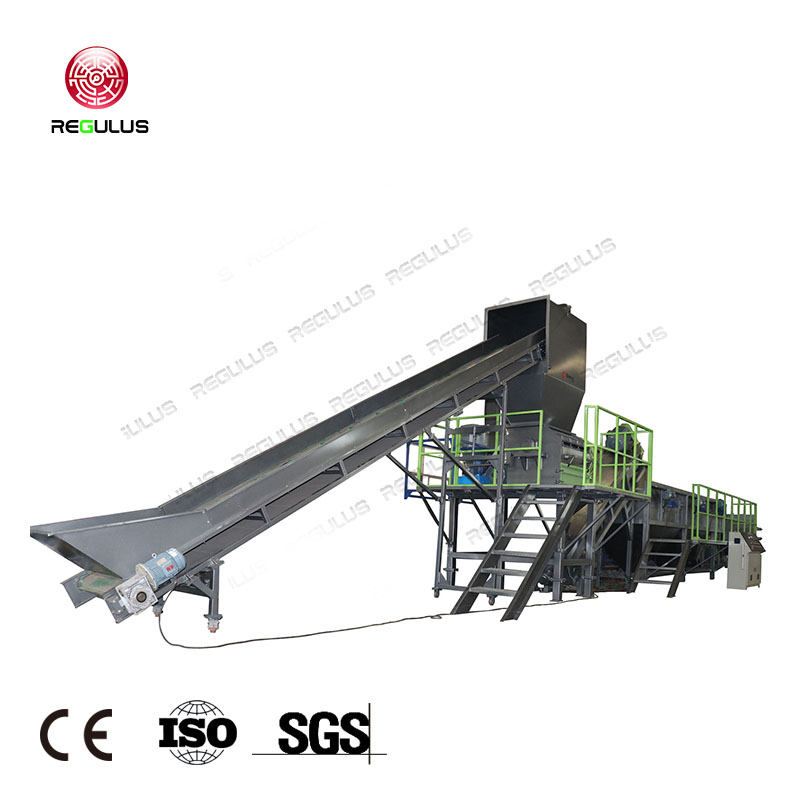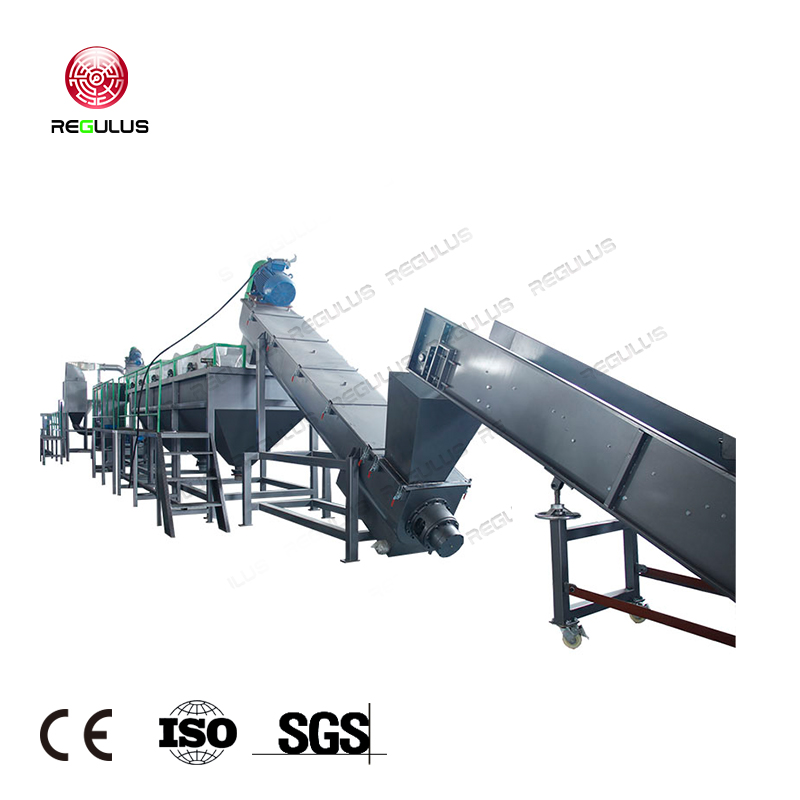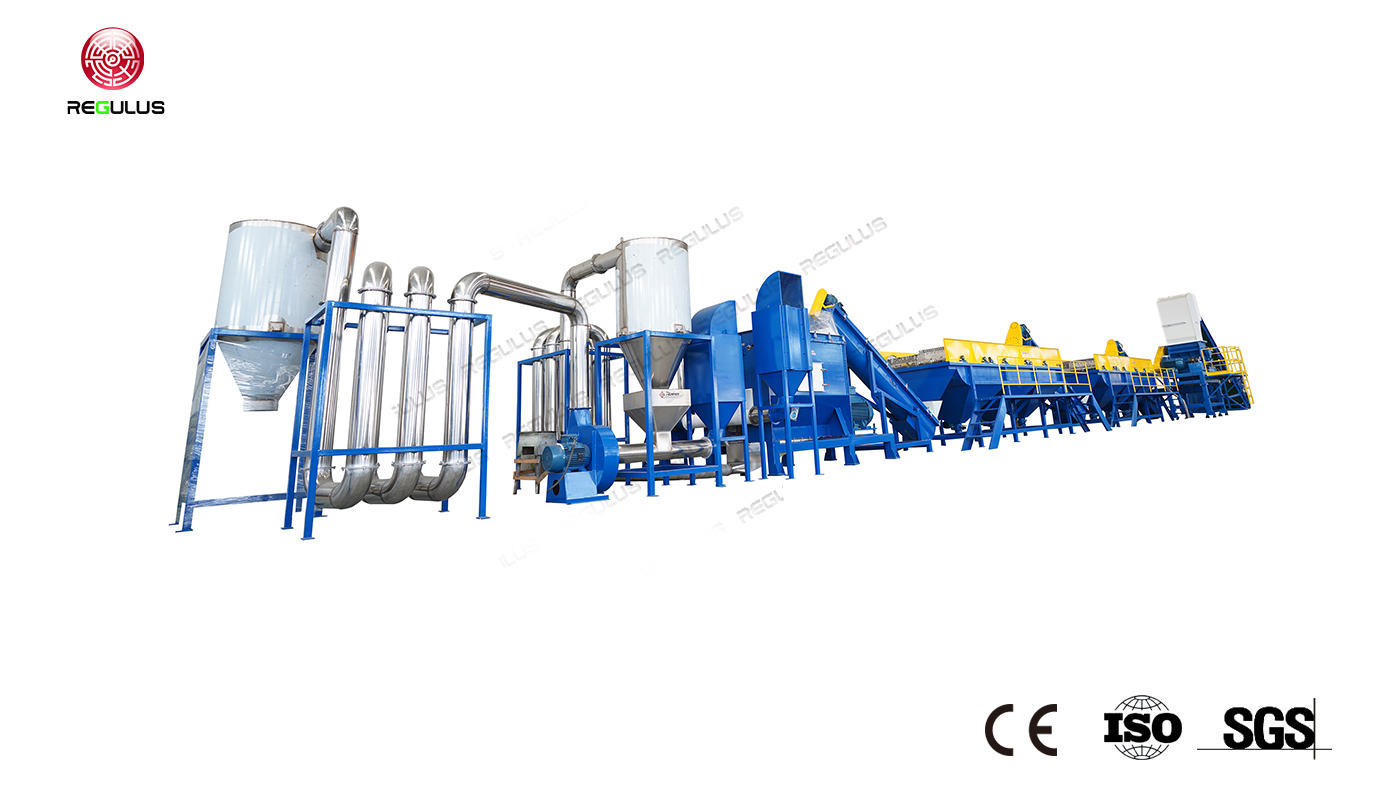Introduction
Plastic waste has become one of the most pressing environmental challenges of our time. Single-use plastics, particularly those made of polypropylene (PP) and polyethylene (PE), have inundated our landfills, polluted our oceans, and posed a significant threat to ecosystems and human health. However, amidst the gloom, innovative solutions are emerging to tackle this crisis head-on. One such groundbreaking solution is the Plastic PP PE Washing Recycling Line, a game-changer in the field of plastic waste management.

Understanding the Plastic PP PE Washing Recycling Line
The Plastic PP PE Washing Recycling Line is a state-of-the-art system designed to efficiently process and recycle PP and PE plastics. It encompasses a series of mechanical, chemical, and technological processes that transform plastic waste into valuable raw materials, reducing the need for virgin plastic production and its associated environmental impact.
Key Components and Operations
Sorting and Shredding: The first step in the recycling line involves sorting and separating different types of plastics, including PP and PE. Automated sorting systems and manual labor are employed to ensure accurate classification. Once sorted, the plastics are shredded into smaller pieces, facilitating subsequent processing stages.
Washing and Cleaning: After shredding, the plastic fragments undergo intensive washing to remove contaminants such as dirt, debris, labels, and adhesives. Advanced washing techniques, including friction washing, hot water washing, and chemical treatment, are utilized to achieve high-quality cleaning results.
Separation and Filtration: The clean plastic flakes are then subjected to a series of separation and filtration processes. Floatation tanks, centrifuges, and hydrocyclones are employed to remove impurities and separate plastics based on their specific gravity, size, and density.
Drying and Pelletizing: Following the separation stage, the plastic flakes are dried to eliminate any remaining moisture. The dried flakes are subsequently melted and extruded through a die, forming uniform pellets. These pellets serve as the raw material for the production of new plastic products.

Benefits of the Plastic PP PE Washing Recycling Line
Environmental Conservation: By recycling PP and PE plastics, the washing recycling line significantly reduces the volume of plastic waste destined for landfills and incineration. This mitigates the adverse environmental impacts associated with plastic production and disposal, including resource depletion, pollution, and greenhouse gas emissions.
Resource Conservation: The recycling line helps conserve natural resources by substituting virgin plastic with recycled plastic materials. By reducing the demand for new plastic production, it lowers the consumption of fossil fuels, water, and energy required in the manufacturing process.
Economic Opportunities: The Plastic PP PE Washing Recycling Line creates economic opportunities by establishing a circular economy model. Recycled plastic pellets can be used in the production of various consumer goods, including packaging materials, containers, and household products. This encourages sustainable entrepreneurship, job creation, and economic growth.
Social Impact: The adoption of this recycling technology promotes social responsibility and awareness. It empowers individuals, communities, and businesses to actively participate in plastic waste management, fostering a sense of environmental stewardship and community engagement.

Conclusion
The Plastic PP PE Washing Recycling Line is a remarkable solution in the battle against plastic pollution. By transforming plastic waste into valuable resources, it offers a sustainable alternative to traditional plastic production and disposal methods. Through environmental conservation, resource conservation, economic opportunities, and social impact, this innovative recycling line is paving the way for a greener, cleaner, and more sustainable future.
Post time: Aug-01-2023

